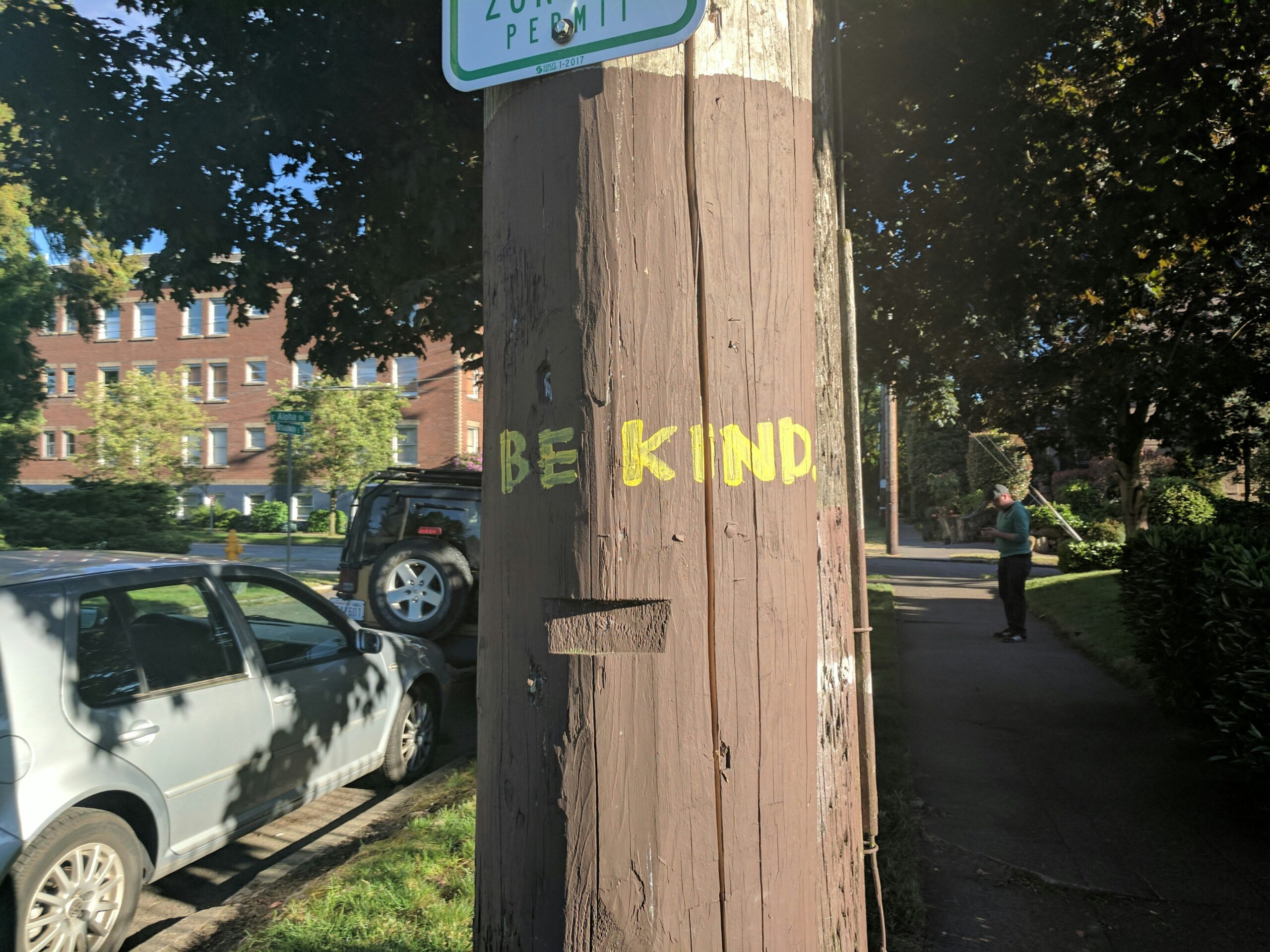
When Every Minute Counts
Disasters don’t wait for anyone. Whether it’s a hurricane sweeping across coastal towns, an earthquake leveling homes, or a wildfire tearing through entire communities, the first few hours after a crisis often determine how much suffering can be eased. In these urgent moments, philanthropy steps forward—not as a slow-moving institution but as a lifeline that adapts quickly to human needs.
The Human Face of Rapid Response
Think of a family in Puerto Rico who lost their roof during Hurricane Maria or residents of Maui watching flames devour their neighborhoods. Before insurance claims are processed or government aid arrives, people still need food, clean water, medical attention, and safe shelter. This is where nonprofits and donors make an immediate difference. Rapid response giving isn’t just about writing a check—it’s about delivering meals, blankets, and emergency care with speed and empathy.
Lessons From Past Emergencies
History has shown us how vital philanthropy becomes in disaster relief. After the 2010 earthquake in Haiti, donations poured in from across the globe, funding emergency medical tents, temporary housing, and clean water initiatives. During the COVID-19 pandemic, we saw corporations, community foundations, and individuals stepping up to fund protective gear, ventilators, and meal delivery programs. Each crisis teaches us that generosity isn’t bound by borders—a shared recognition of human fragility sparks it.
Why Philanthropy Moves Faster Than Governments
Government aid is powerful, but it’s also complex. There are forms to be filled, approvals to be granted, and logistical red tape to cut through. Philanthropy, on the other hand, thrives on speed. A foundation can release funds in hours, a crowdfunding campaign can gather millions overnight, and a corporate partnership can mobilize supply chains within days. That nimbleness means survivors don’t have to wait weeks for bottled water or safe shelter—they get it when needed most.
The Role of Technology in Giving
Technology has transformed how people respond to disasters. A decade ago, giving often meant mailing a check. Today, mobile apps, peer-to-peer platforms, and text-to-donate campaigns allow instant participation. When a crisis strikes, social media amplifies needs in real time—photos, videos, and firsthand stories spread within minutes, encouraging global audiences to act. Platforms like GoFundMe and GlobalGiving have made it easier for everyday people to contribute, and blockchain innovations are beginning to ensure transparency in how donations are tracked and spent.
Philanthropy at the Local Level
While big organizations get the spotlight, local nonprofits are often the unsung heroes. They know the terrain, the culture, and the immediate needs of their neighbors. After the 2023 Turkey-Syria earthquakes, many grassroots groups mobilized faster than international agencies, setting up shelters and delivering medical supplies in remote areas. Donors who prioritize local partnerships not only ensure faster aid but also strengthen community resilience for the long run. Supporting these groups means empowering those who will still be there after headlines fade.
Beyond the First Wave of Help
Disaster relief doesn’t end once the floodwaters recede or the fires are extinguished. Recovery can take years—rebuilding homes, restoring schools, and supporting mental health services for traumatized families. Philanthropy plays a unique role in sustaining this long-term commitment. For example, after Hurricane Katrina, community-based funds continued supporting New Orleans’ rebuilding efforts long after national attention waned. Donors who focus on both immediate response and long-term recovery ensure communities don’t just survive, but thrive again.
How Anyone Can Make a Difference
You don’t need to be a billionaire to play a role in disaster relief. Small donations pooled together create enormous impact. Volunteering skills—whether medical expertise, logistics know-how, or simply offering time—matters just as much as money. Even spreading awareness on social platforms can drive resources toward critical needs. What’s essential is choosing trusted organizations with proven track records. Checking how funds are used, prioritizing transparency, and favoring local partnerships ensures that every contribution goes where it’s needed most.
Final Thoughts
Philanthropy in times of crisis is more than charity—it’s solidarity. It’s the recognition that disasters can strike anywhere, to anyone, and that the fastest path to healing comes from collective action. From individuals donating a few dollars online to global corporations shipping tons of supplies, every act of generosity creates ripples of hope.
When crises strike, philanthropy rises not just as a response, but as a reminder: humanity is at its best when it refuses to look away.